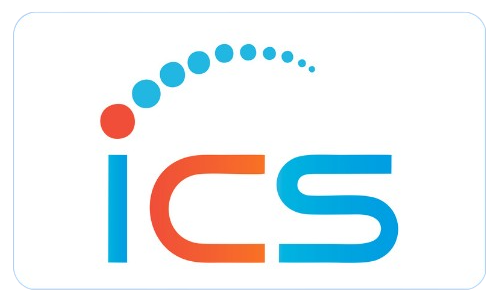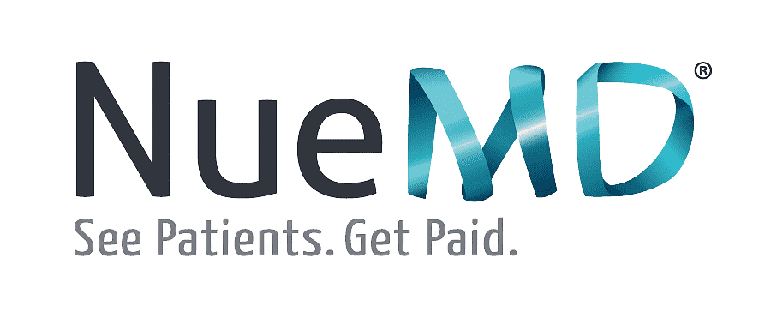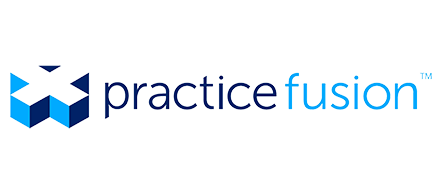The success of your medical practice depends on carefully monitoring your practice’s financial performance while offering excellent patient care. The process of medical billing and coding is an intricate and a tedious one, requiring expertise to conduct the same. You can make sure the practice is getting paid by routinely checking your medical billing data. Medical billing metrics can help you evaluate and put into effect best practices that are appropriate for your clinic. Key performance indicators (KPIs) for medical billing assist clinics in measuring their revenue cycle and billing, and offer suggestions for boosting collections. Your medical billing information can be analyzed in a variety of ways however, the following pointers can help measure your billing process and its effectiveness –
Days in A/R
Knowing how long it usually takes between seeing a patient and getting paid allows you to determine whether your team is submitting claims to payers in a timely manner. Additionally, you’ll know how much money you need to preserve in the bank to cover running costs prior to reimbursements.
Accounts receivable delays aren’t always your staff’s fault because payers process claims at their own leisure. In any case, it’s crucial to prevent your claims from being in AR for weeks or even months. To make sure that no claims are overlooked, it is essential to keep track of days in AR that are longer than the required 60 days.
Collections Per Visit
Which operations are most crucial to your income overall? It can be helpful to plan your appointments around the areas that generate the most cash for your practice by tracking your collections per visit on a month-on-month basis, and comparing the rates to the kind of appointments you accepted each time.
First Pass Resolution Rate (FPRR)
The percentage of claims that are paid following a single submission is known as your first pass resolution rate (FPRR). You may determine the efficiency of your revenue cycle management (RCM) process using this statistic. If your clinic has trouble increasing patient retention rates (FPRR), concentrate on insurance verification, billing, and coding to improve RCM.
FPRR is the ratio of the number of first-pass claims paid divided by total number of claims submitted during a specific time period
Gross Collection Rate
A high gross collection rate (GCR) demonstrates how well your practice is performing with collections and how closely your fees correspond to the payer’s rates. A higher rate does not, however, automatically imply higher financial success for your practice. Due to the fact that every practice establishes a different charge schedule, it is advisable to monitor this indicator internally as opposed to comparing it to industry benchmarks or other practices.
Net Collection Rate
This simple-to-calculate indicator shows how successfully your practice is obtaining the compensation you are entitled to. To determine how much revenue is lost as a result of things like uncollectible debt or other non-contractual modifications, practices calculate their NCR. Comparing practices with similar specialties, locations, and clinical staff is possible using this statistic. If you see your net collection rate lower than 90-100%, you must consider a billing audit.
Contractual Variation
The difference between what you are paid and what you agreed to with your payers is known as a contractual variation. This may be impacted, among other things, by how your biller files the claim. A claim that was submitted incorrectly may still be paid, but there is a potential that it may be paid insufficiently. Analytics for your practice should be able to show you instances where the amount you were expecting to be paid under the fee schedule was less than what you actually got from the insurance provider.
Year End Reviews
Metrics collected on a daily, weekly, or even monthly basis cannot give decision-makers enough visibility. Generating quarterly AR reports can give your clinic the knowledge it needs to adopt medical billing processes more effectively. The full performance evaluation for your practice can be obtained from doing year-end evaluations of all the aforementioned measures in addition to quarterly reviews. A thorough annual evaluation of all your records can shed light on your procedures and show where accuracy needs to be improved.
Outsourcing medical billing services has evolved into a simplified process with the best cost-saving strategy in today’s changing digital healthcare market. This is the only option for your medical practice if you want to build a solid cash stream. Info Hub Consultancy Services, an offshore medical billing company, is one of the leading medical billing service providers and offers the best medical billing and coding services across multiple specialties.

























